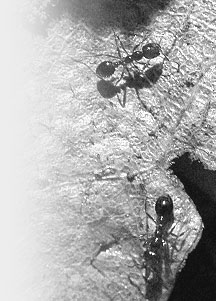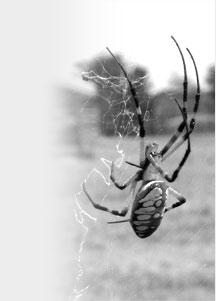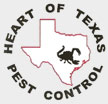![]()
|
Ants Termites Subterranean termites are the most destructive insect pests of wood in the United States. They cause more than $2 billion in damage each year, more property damage than that caused by fire and windstorm combined. Treatment of termites can range from a one time spot treatment to a full treatment of your home and yearly maintenance services dependent upon the severity of the infestation. |
 |
|
Scorpions Cockroaches The cockroach is a common name for an order of insects, the most familiar of which are characterized by their oval shape, foul odor, and their status as household pests. About 4,000 species are known worldwide; most inhabit the warm tropical regions of the globe. About 25 species have attained worldwide distribution due to accidental transport in commerce and their affinity for human habitation. Yellow Jackets Yellow jackets are often confused with honeybees. Honeybees are covered with alternating tan and brown hair, while yellow jackets are not. They lack hairy hind legs used to transport pollen and almost always have yellow or white on their faces. They have a long stinger with barb like spikes and are known to sting repeatedly. Stings can be deadly, if you are allergic. They build their nest in trees, shrubs and structures that are protected from the elements such as sheds, eaves, attics, porches, etc. Wasps Wasps are normally black and yellow in color.
|
|
|
Garden Spiders Garden spiders are not poisonous and range in colors. They construct webs usually amongst shrubs and flowers and once complete, will often hang upside down and wait for prey to be trapped in their webs. Garden spiders do not have good eyesight so they rely heavily on the vibration from the web when a food source has been trapped. Garden spiders eat insects, therefore are helpful to humans. Wolf Spiders Wolf spiders are a unique non poisonous spider. The have eight eyes arranged in three rows. The bottom row has four small eyes, the middle row has two large eyes and the top row has two medium-sized eyes. They rely on their eyesight to obtain food and hunt. They carry eggs in a round silk sack. Once hatched, the babies will live around the abdomen of their mother.
|
 |

Licensed and regulated by the Texas Department
of Agriculture (TDA),
Structural Pest Control Service (SPCS),
P.O. Box 12847, Austin TX 78711-2847, 512.305.8250 or 866.918.4481
Site Design by nonentity productions